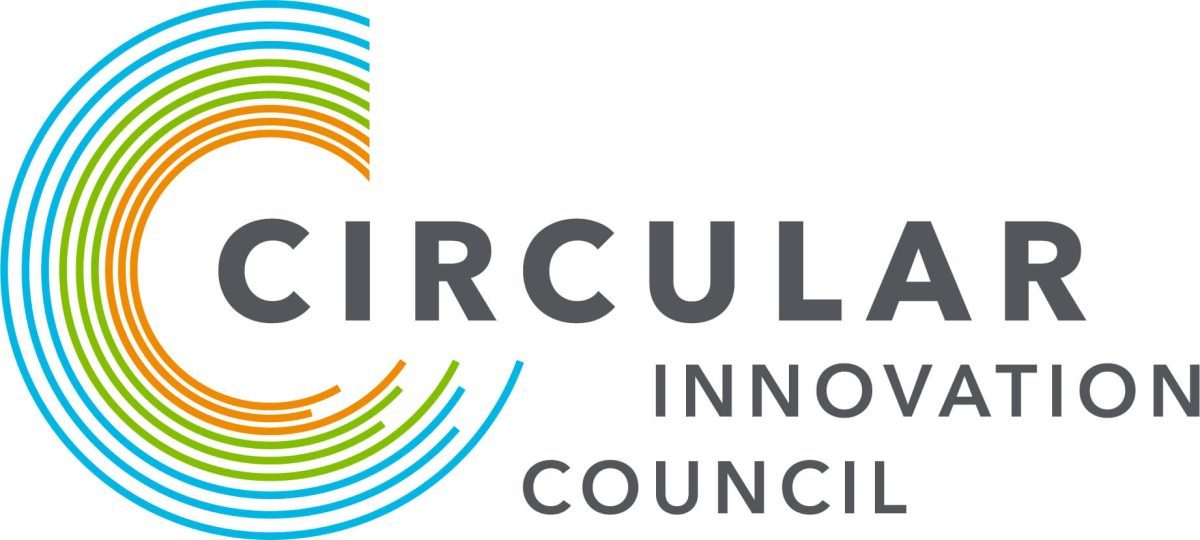
At first glance, procurement may look like an unexciting topic. However, in the larger context of driving and achieving the circular economy, procurement becomes a hot topic that cannot be ignored. The second episode of the webinar series “Making the Circular Economy Real” focused on steps organizations can take to develop circular procurement, based on best practices from The Netherlands and Canada.
Moderated by Paul van der Werf, Senior Consultant at AET Group, the webinar started with remarks from Jorn Leeksma, Deputy Head of Mission at the Consulate General of the Kingdom of the Netherlands in Toronto, who stressed the important role the Netherlands, being a front runner in the circular economy, plays in promoting Dutch circular solutions for global challenges. Circular procurement is a pivotal part of the “Take – Make – Use – Reuse” circular cycle and powers the circular economy. Leeksma said: “Only together we can turn today’s environmental and social challenges into tomorrow’s economic opportunities and job creation”.
Next up was Cuno Van Geet, Strategic Advisor Circular Procurement at Rijkswaterstaat in the Netherlands. Rijkswaterstaat is the executive agency of the Ministry of Infrastructure and Water Management, dedicated to promoting safety, mobility, and quality of life in The Netherlands. Van Geet explained how Rijkswaterstaat started circular procurement using a bottom-up approach, first through action, learning through the process and formulating a policy through the experience. This showed that the process is not always linear, and that practice-based learning is important to be able to develop effective circular procurement strategies.
While the traditional focus of procurement is on buying green products and re-using them, we need a different mindset to take a circular approach. There needs to be more emphasis on the value chain, including the waste stream, which could lead to sell, refurbish and remanufacturing service models. It is not only about saving the environment, but also about saving money.
Van Geet gave many examples of direct implementation of circular economy principles. Alliander, a Dutch energy company, built an office in Duiven in the Netherlands, of which more than 80 per cent of the materials have been re-used. The building is energy positive, thus giving energy to the grid. Another example is the first circular bridge in the Netherlands, constructed by Rijkswaterstaat, of which all the joints are detachable and reusable.
The next speaker, Jo-Anne St. Godard, is the Executive Director at the Recycling Council Ontario (RCO). RCO is transitioning into the Circular Innovation Council, offering new possibilities to accommodate circular principles, not just limiting to the ‘Reduce, Reuse, Recycle’ philosophy of the past. The focus of the Circular Innovation Council is to advance the circular economy from an environmental, social, and economic perspective, thus encompassing the ‘Triple Bottom Line’ in their approach to circularity.
St. Godard mentioned that one of the first questions she usually gets from anyone interested in learning about circular procurement is the difference between sustainable and circular procurement. Sustainable procurement is a tool for the linear economy, whereas circular procurement involves a systems change. It aims to keep products, components and materials at their highest utility and value throughout its lifecycle. It’s about buying things different, using them differently, elongating their life and value, and bringing that value back to the value chain.
Jo-Anne talked about the Sustainable Development Goals being guiding principles when working on circular procurement. Circular procurement directly contributes to the Triple Bottom Line of social, environmental, and economic objectives. Buying power can be used to drive circular economy outcomes directly. She also talked about circular procurement being a key driver of innovation to improve resilience, something that is of prime importance in the current COVID-19 situation.
Jo-Anne mentioned the five business models of circularity in use: circular suppliers, resource recovery, product life extension, sharing platforms and products as service.
According to Jo-Anne, the opportunities in Canada in circular public procurement are huge, amounting to almost 15 per cent of Canada’s GDP. Early adopters of circular procurement have been the City of Vancouver, City of Richmond, Region of Peel, City of Toronto and City of Montreal. She also noted that while Circular Innovation Council used to work heavily with the government of Canada, that is now extending with the private sector.
-With files from Kartik Moorthy
The webinar “Procurement and Circular Economy” is part of the series “Making the Circular Economy Real”, organized by the Consulate General of the Kingdom of the Netherlands in Toronto and Canada Circular Hotspot. Key objectives of the webinar series are increasing participant’s knowledge, expanding networks, showing the circular economy in real world action and inspiring the development of new circular economy projects in Ontario and across Canada.
We respectfully acknowledge that we live, work and play on the traditional territory of many Indigenous Nations and we humbly extend our respect to Indigenous individuals, communities and Elders, past and present, as the traditional custodians of this land.
Circular Innovation Council is a registered charity.
Charity Registration Number: 119112118 RR 0001